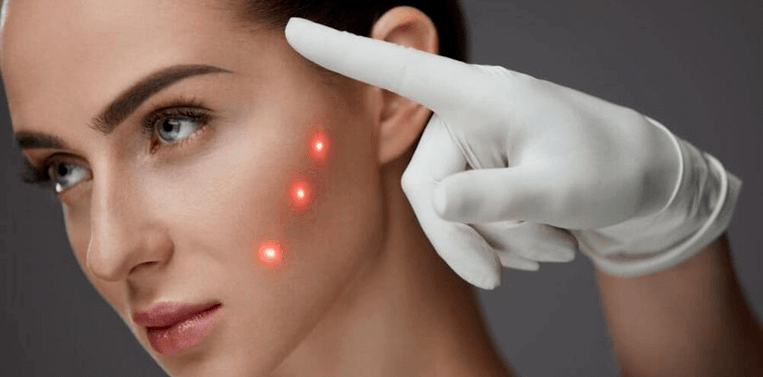
Methods for rejuvenating facial skin – what modern cosmetology has to offer us
- Mesotherapy- Active substances are introduced into the skin through a series of superficial injections. The effects of mesotherapy can be explained by the specific effects of the drugs used, the skin's response to the needling (again, although small, it can cause damage! ), and the whole body's response to the stimulation of active points on the facial skin - similar to acupuncture.
- biological regeneration- This is also mesotherapy, but in this case, hyaluronic acid is injected into the skin. Once inside the dermis, it begins to break down into small fragments under the influence of enzymes and oxidative processes. Dermal cells (fibroblasts) begin to see these fragments as a signal that their own hyaluronic acid or collagen fibers have been destroyed and begin actively synthesizing new fibers and hyaluronic acid.
- plasma boost- A method based on the ability of platelets and stem cells in plasma to stimulate the wound healing process. In the field of cosmetics, platelet-rich plasma (abbreviated PRP) is used, which contains an optimal proportion of biologically active substances. This method is absolutely safe and by combining laser skin resurfacing or peeling with plasma lifting, very good results can be obtained, since tissue healing after damage is most strongly stimulated and not just the regeneration of skin cells.
- SPRS therapy— Intradermal transplantation of autologous skin fibroblasts. A small piece of skin (3-5 mm in diameter) is removed from behind the patient's auricle and a cell preparation containing the dermis's own fibroblasts is obtained under special laboratory conditions. Next, this medication is injected into the client's skin. As a result of the surgery, the synthesis of the dermis's own collagen fibers is enhanced, the skin is almost twice as thick within six months, elasticity is increased, the number and depth of wrinkles are reduced, skin tone is improved, and the oval face is improved. strengthened. Usually 2 treatments separated by one month are enough, and the effect after one course of treatment will be enhanced throughout the year.
- Photorejuvenation— Lasers are also used here, but without any skin-damaging effect. During the heating of the tissue, only the pigment is damaged and not the entire dermal layer. The pigments are melanin and hemoglobin. In addition, laser irradiation of the skin can stimulate metabolism, thereby achieving a rejuvenating effect. The surgery is safe and has a short recovery period. One of its disadvantages is that the treatment course is long and the effects achieved are short-lived. Therefore, this method is only suitable for young and aging skin.
- Use cosmeceuticals with obvious irritating effects. These products are somewhere between cosmetics and pharmaceuticals. These include retinoids and peptides (proteins). Retinoids act on all skin cells, causing them to divide and move to other layers of the skin. Unlike other types of chemical peels, retinoids do not damage the upper layers of epidermal cells, but instead cause new cells to move in and replace old ones. Peptides are synthetically obtained and their effects mimic those of the skin's own peptides. When large amounts of protein debris seep into the dermis, fibroblasts see this as a sign of skin damage and begin the collagen repair process.
























